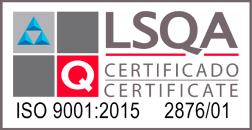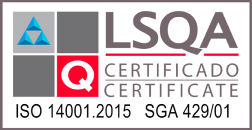The mining industry is an essential sector for the economic development of many countries worldwide, but it is also a significant source of air pollution, which can have severe impacts on public health and the environment. In recent years, the mining industry has faced increasing pressure to reduce its environmental impact, including air pollution. One of the most effective ways to achieve this goal is through the measurement of emissions and the implementation of efficient control measures.
To manage the air quality of mining operations, it is crucial to identify and measure the sources of emissions accurately. The measurement of emissions helps to identify areas of the mine where the concentration of pollutants is high, and where control measures are needed. The most common pollutants in mining operations include particulate matter (PM), sulfur dioxide (SO2), nitrogen oxides (NOx), and volatile organic compounds (VOCs). These pollutants are often associated with different stages of the mining process, such as transportation, crushing, and milling.
To achieve a successful air quality management plan in mining operations, it is necessary to have key performance indicators (KPIs) that will allow the monitoring and evaluation of the effectiveness of control measures. The KPIs should be specific, measurable, achievable, relevant, and time-bound. The use of KPIs enables the identification of areas of improvement in air quality management plans and ensures that the implementation of control measures is efficient and effective.
One of the most challenging areas of a mining operation to control emissions is the unpaved mining roads. These roads generate large amounts of dust, which can cause respiratory problems for workers and nearby communities. To address this issue, the use of water trucks and dust suppressants has been implemented in many mining operations. The application of dust suppressants helps to keep the roads moist and minimize the generation of dust.
Another area of concern is the crushing and milling processes. These processes generate large amounts of PM, which can cause respiratory problems for workers and nearby communities. The implementation of dust control measures, such as enclosures, hoods, and bag filters, has been successful in reducing PM emissions in many mining operations. Moreover, the use of conveyor belts instead of trucks for transporting material has also been proven to reduce PM emissions.
Stock piles are another significant source of emissions in mining operations. These piles are usually uncovered, and the wind can easily transport the particulate matter, causing air pollution. The implementation of measures such as covers and sprinklers has been successful in reducing the generation of dust from stock piles.
The use of trucks, shovels, and loaders generates significant amounts of PM, especially during loading and unloading. To reduce PM emissions in these operations, the implementation of dust control measures such as water sprays, hooded loading chutes, domes, and bag filters have been successful.
Tailings ponds and waste rock piles can also generate significant amounts of dust. The implementation of measures such as vegetative covers, sprinklers, and enclosures has been successful in reducing dust emissions from these sources.
In conclusion, the measurement of emissions and the implementation of efficient control measures is essential for the management of air quality in mining operations. KPIs should be used to monitor and evaluate the effectiveness of control measures, and specific measures should be implemented for each area of concern. Unpaved mining roads, crushing and milling processes, stock piles, transportation, and tailings ponds and waste rock piles are areas of concern in mining operations. Dust suppressants, dust control measures, covers, sprinklers, and enclosures are some of the measures that have been successful in reducing emissions from these areas. The mining industry must continue to prioritize the implementation of control measures to reduce its impact on air quality and protect the health of workers and nearby communities.











